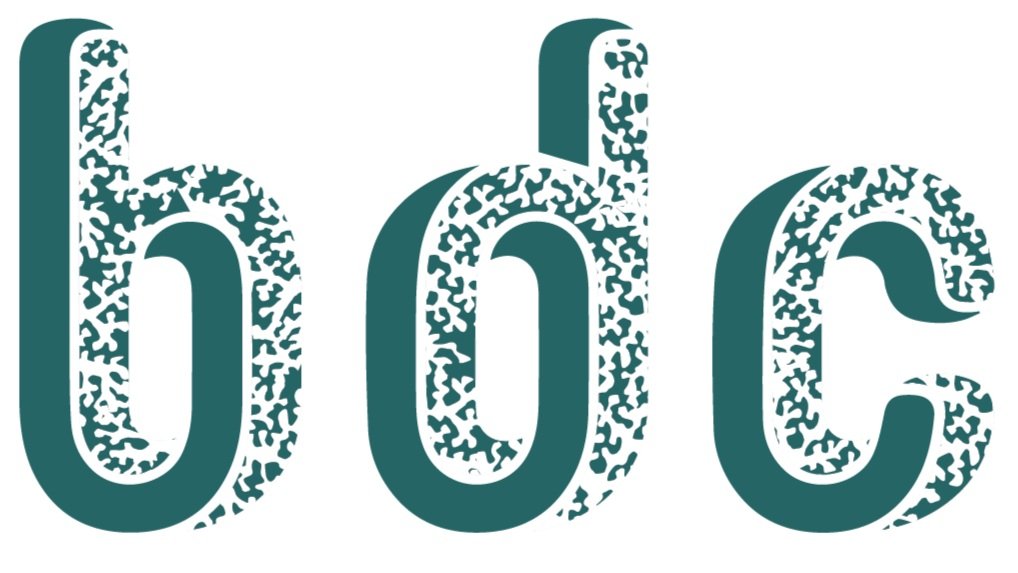Joe Revans, BDC 2017, University of Edinburgh
Photo credit: Leon Brown
Joe Revans is a creative technologist living and working in London, UK. He is a design technician for the Centre for Design Informatics at the University of Edinburgh on projects broadly relating to blockchains, smart contracts, and data privacy. He has helped build blockchain-backed courier bags, prosthetic zits, and even existential pet robots.
Alongside running his studio, he is pursuing an MA in Material Futures at Central Saint Martins in London.
Your BDC project, UK 2029, proposed new forms of social protest. What prompted you and your team to focus on resistance?
UK 2029 is a speculative design project that asks two main questions: Who should be able to design biological systems, and what are acceptable reasons to do so?
These were a response to reports commissioned by the UK and US governments that positioned biodesign as a utilitarian toolkit. They ignored the nonindustrial, nonacademic, and nonmedical counterculture communities of hackers and activists.
In our future, renegade researchers release an unsanctioned gene drive against the legacy of Thatcherism; ultra-libertarian bio-hackers safeguard custom microbes within their own skins; and anarchist squatters seed empty properties with hallucinogenic fungal spores to fight gentrification.
Do you consider speculative design itself a form of protest?
The practice asks designers to be critical of whose future they are designing and to imagine alternative ways of being. I think there’s something inherently political about that.
However, these projects can easily end up being quite academic and alienating. Policymakers and the public can struggle to engage with them even though they are the audiences that need to be reached. I suppose change, especially behavioral change, is a process. When done right, speculative design can be a powerful tool to challenge people’s assumptions. The tricky part is translating these shifts in viewpoint into tangible change. It takes resources, connections, and time—things that often feel out of reach, especially for early-career designers like myself.
Did your experience with Biodesign Challenge inform your design practice today?
BDC was definitely one of the formative moments in my design education because it expanded my perspective on the fields that a designer can work in.
A main attractor for me was getting to do lab work with microorganisms. That said, as the semester progressed, I became more fascinated by the social and political context of the projects.
Do you have any advice for future BDC students?
Don’t shy away from the difficult ethical questions. At the start of our collaboration, my team and I found ourselves really struggling to develop a project. We would argue about what the word ‘natural’ even meant, or whether biodesign would end up being used to greenwash capitalism. Eventually, we came to realize that the questions emerging from our discussions could fuel our project, rather than block it.
On a personal level, be patient with each other. Different disciplines use different languages. Take the time to learn the vocabulary of your collaborators and approach misunderstandings in good humor.
What are some speculative design books you recommend?
The 3D Additivist Cookbook by Morehshin Allahyari and Daniel Rouke.
Transition Habitats by Extrapolation Factory
Speculative Everything by Dunne and Raby
This interview is by Natalia Fernandez. Natalia is a Product Design student at Parsons School of Design. She is interested in exploring the role of design in social and ecological systems across varying scales.


